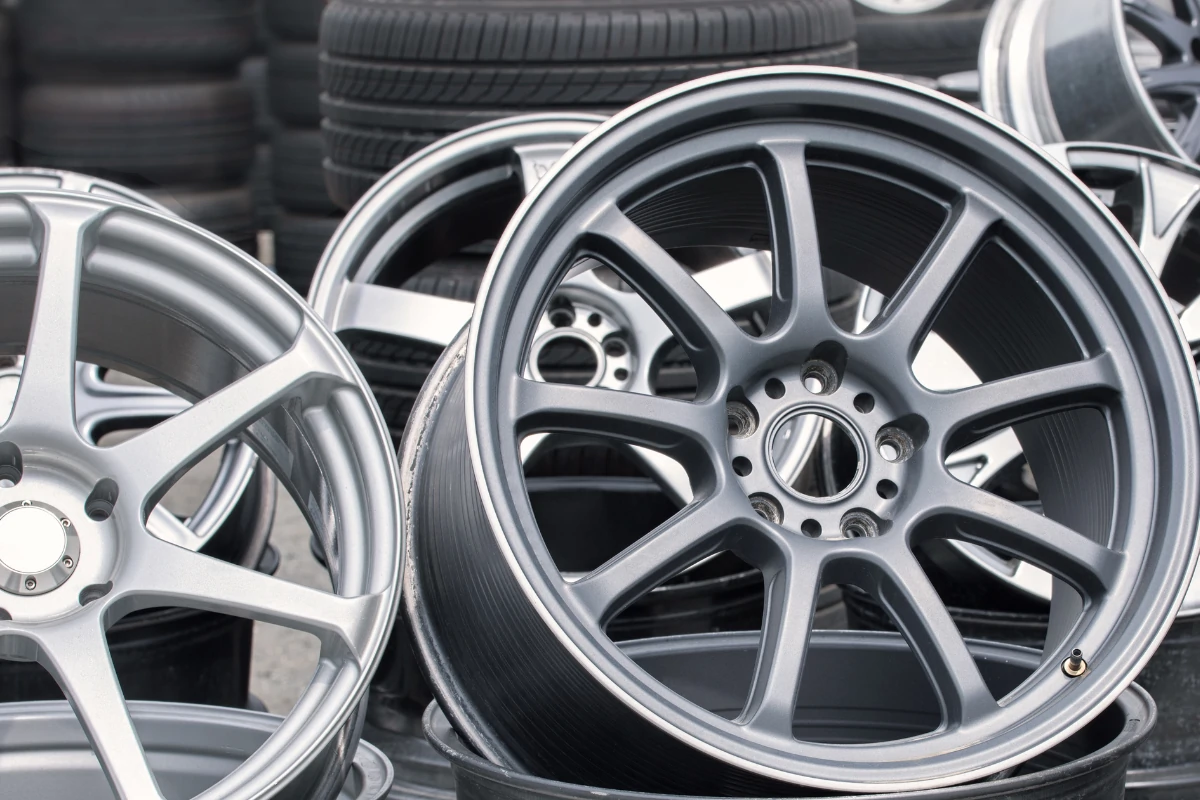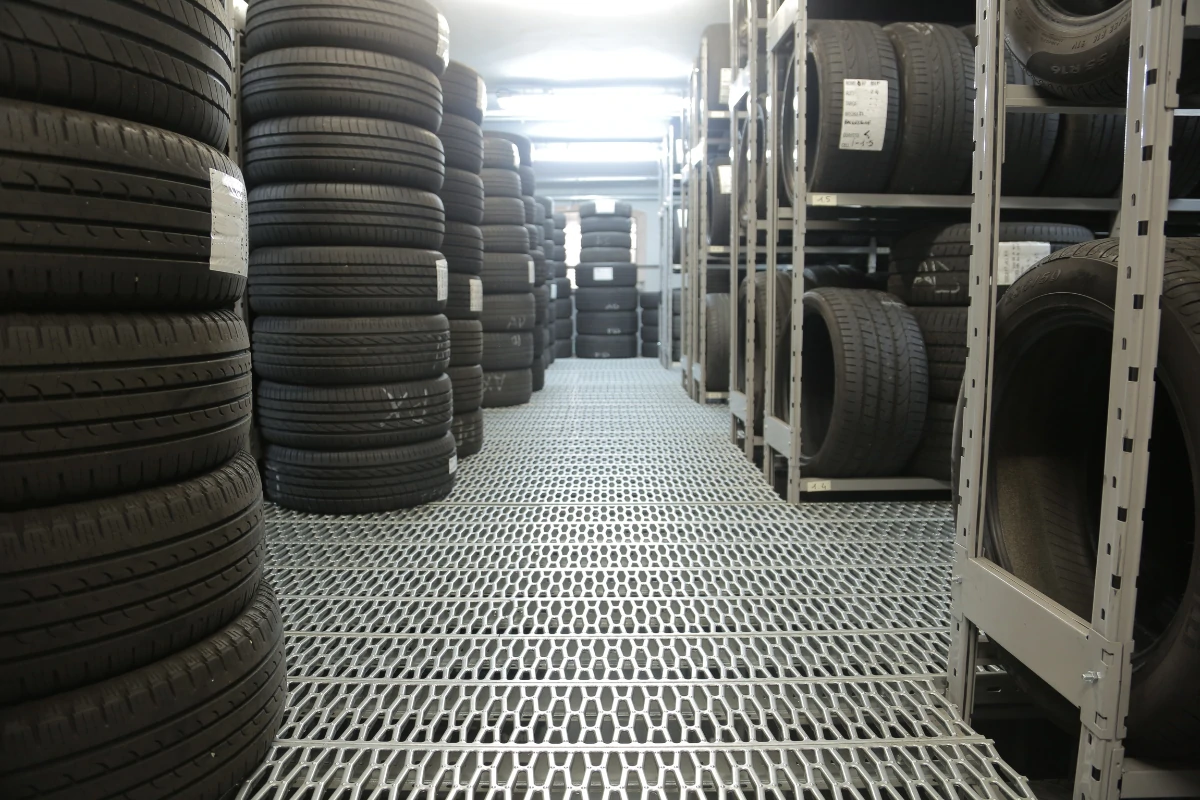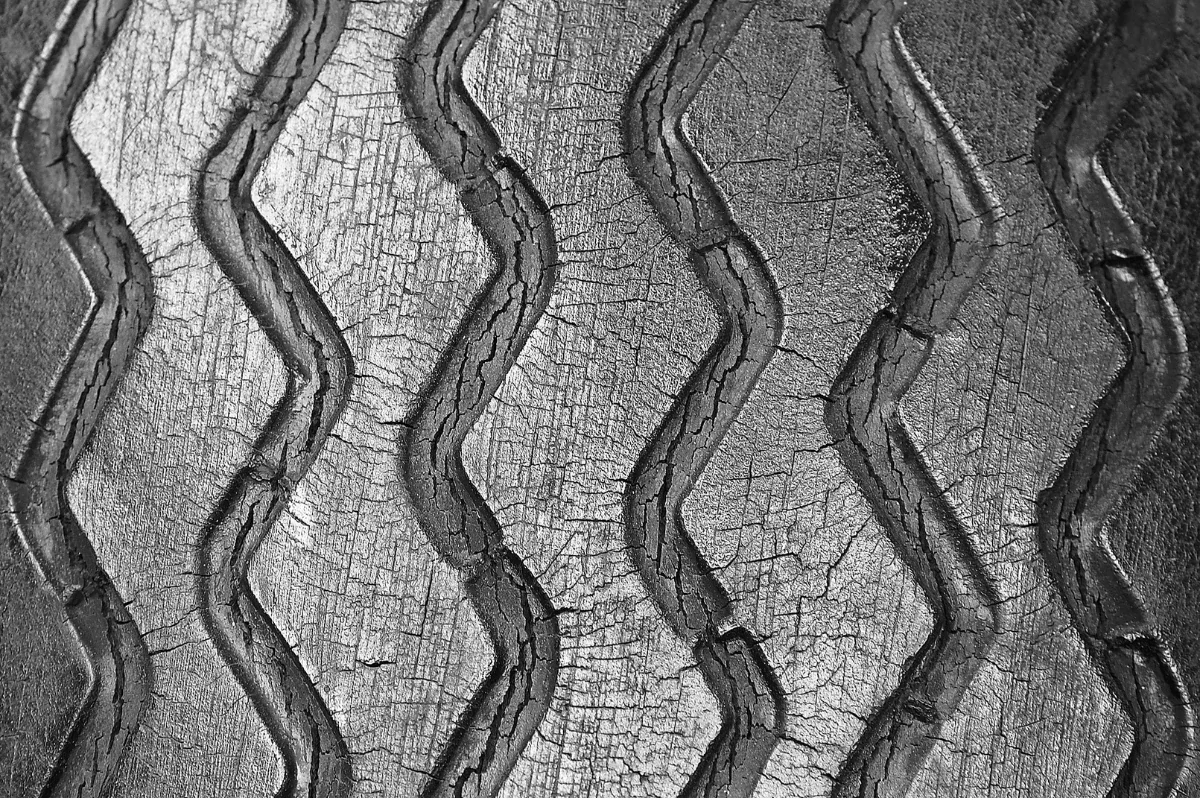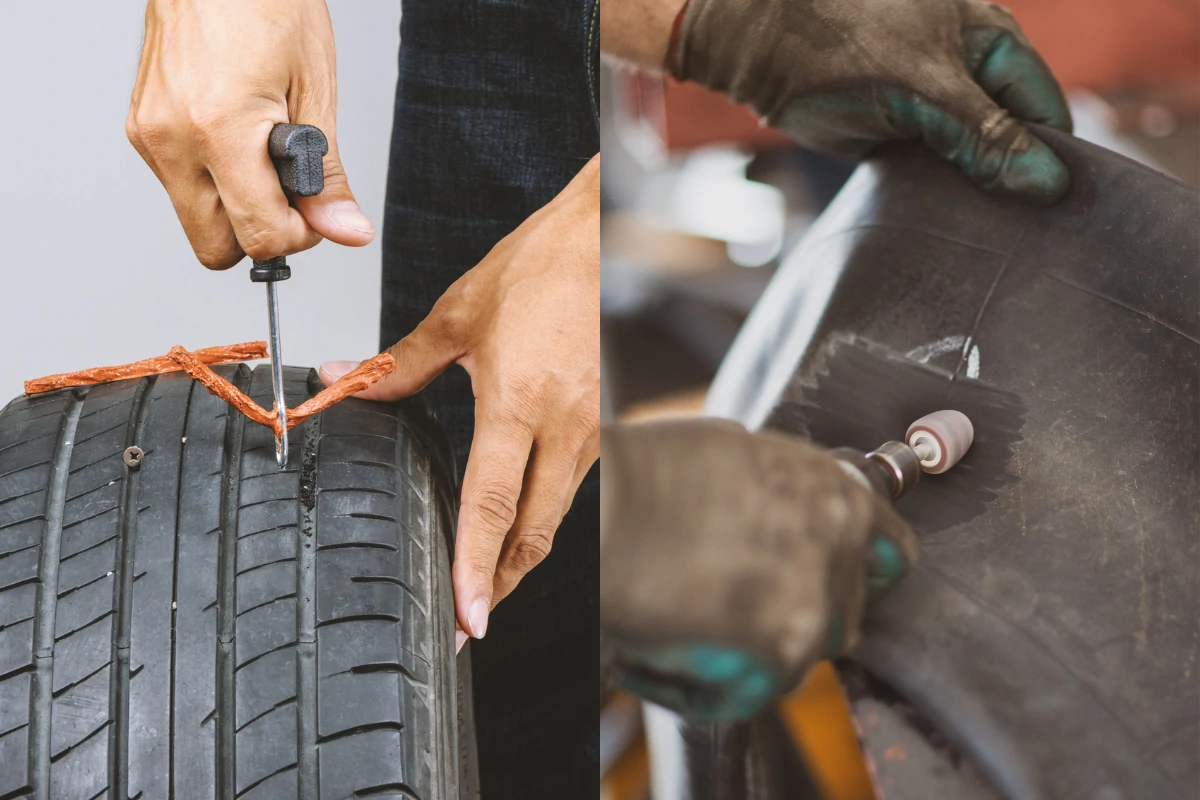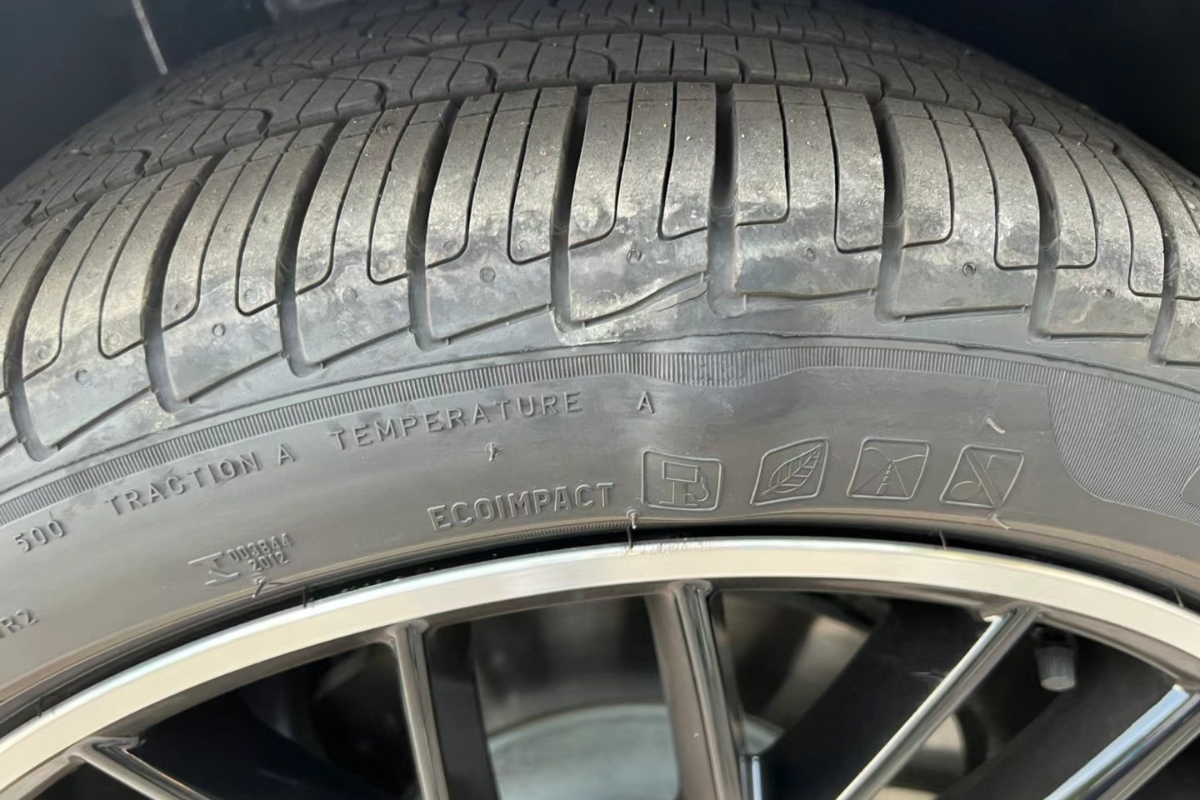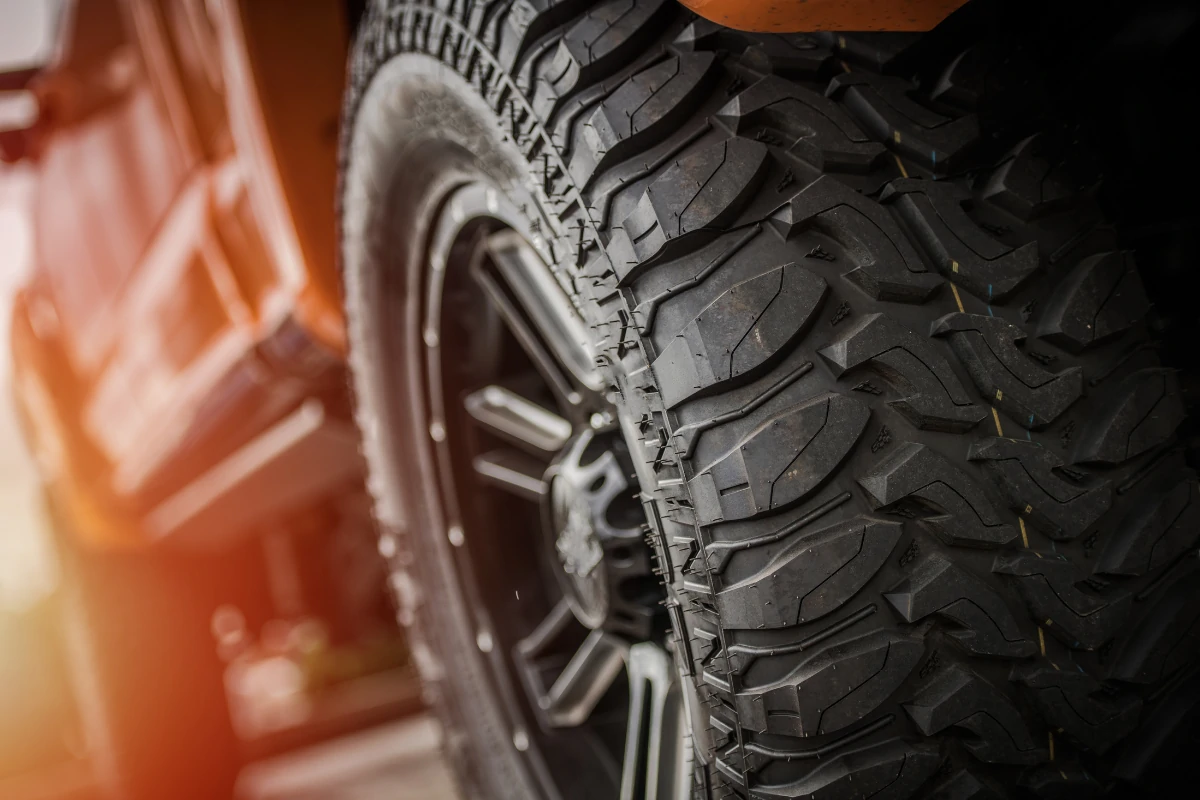Have you ever wondered what the difference is between a wheel and a rim? As a vehicle owner, you might have heard these terms used interchangeably, but they are not the same thing. In this post, we will explain what rims and wheels are and how they differ.
Table of Contents
What Are Wheels?

A wheel is a circular structure that supports and enables the motion of a vehicle. It consists of three main components:
- Rim: The outer circular part of the wheel that holds the tire in place.
- Hub: The center part of the wheel that connects to the axle and allows the wheel to rotate.
- Spokes: The rods or bars that connect the hub to the rim (not present in all types of wheels).
The main functions of a wheel are to support the weight of the vehicle and to allow it to move smoothly and efficiently. Wheels can be made of different materials, such as steel, aluminum, alloy, carbon fiber, or plastic.
What Are Rims?

A rim is a part of the wheel that forms the outer edge of it. It has three main components:
- Outer lip: The outermost edge of the rim that is visible from the side of the vehicle.
- Barrel: The cylindrical part of the rim that connects the outer lip to the inner lip.
- Inner lip: The innermost edge of the rim that attaches to the hub.
The main functions of a rim are to hold the tire in place and to provide aesthetic appeal for the vehicle. Rims can also be made of different materials, such as steel, aluminum, alloy, chrome, or carbon fiber.
Key Differences Between Rims and Wheels
Now that we have covered the basics of wheels and rims, let’s look at some of the key differences between them:
Appearance: Wheels encompass everything from the hub to the spoke, while rims only refer to the outer, decorative part of the wheel.
Function: Wheels are structural components that provide support and connectivity to the vehicle. Whereas rims serve mainly an aesthetic and performance-enhancing role.
Upgrades: Changing the rims can noticeably impact the vehicle’s appearance and performance. Yet, changing the entire wheel (including the tire) can significantly affect performance and ride quality.
How to Identify a Wheel?
A wheel is a circular structure that has a tire attached to it. You can see a wheel on any vehicle that moves on land, such as cars, bikes, motorcycles, or trucks.
How to Identify a Rim?
A rim is an isolated circular component. You can see a rim when you remove the tire from the wheel or buy a new set of rims for your vehicle.
Why It Matters
You might be wondering why knowing the difference between wheels and rims is important. Here are some reasons:
Impact on vehicle performance
The size, weight, shape, and material of your wheels and rims can affect your vehicle’s performance on different terrains and conditions.
For example:
- Lighter wheels can improve your acceleration and fuel efficiency.
- Wider rims can improve your stability and grip.
Aesthetics and customization
The style, color, and design of your wheels and rims can enhance or change the appearance of your vehicle. You can choose from various options to suit your personal preference or match your vehicle’s theme.
Maintenance and repairs
Knowing how to identify your wheels and rims can help you take better care of them and avoid potential problems.
To keep your wheels and rims in good condition, you should follow these tips:
- Check your tire pressure regularly and adjust it according to the manufacturer’s recommendations.
- Rotate your tires every 6 months or 10 thousand kilometers to ensure even wear.
- Clean your wheels and rims with mild soap and water to remove dirt and brake dust.
- Avoid driving over potholes, curbs, or sharp objects that can damage your wheels or rims.
- Repair any cracks or dents on your rims as soon as possible to prevent further damage.
- Replace your tires when they are worn out or damaged beyond repair.
FAQs
Can you replace just the rim?
Yes, you can replace just the rim if it is damaged or worn out. But you need to make sure that the new rim is compatible with your tire size, bolt pattern, and offset. You also need to balance and align your wheels after replacing the rim.
What happens when you damage a rim?
Damaging a rim can affect your tire pressure, alignment, balance, and handling. It can also cause vibrations, noises, or leaks. Depending on the severity of the damage, you might need to repair or replace your rim as soon as possible.
How do rims and wheels affect ride quality?
Rims and wheels affect ride quality by influencing comfort, noise, vibration, and responsiveness. Generally, larger rims and lower-profile tires can improve your handling and cornering. Still, they can also make your ride harsher and louder. Smaller rims and higher-profile tires can provide more cushioning and smoothness. Still, they can also reduce your steering and braking.
Conclusion
By now, you should have a clear understanding of the difference between rims and wheels. Remember, rims are just one component of a wheel. And they play an important role in providing support and protection for your tires. Understanding this distinction can help you make informed decisions when you buy or maintain your vehicle’s wheels.

